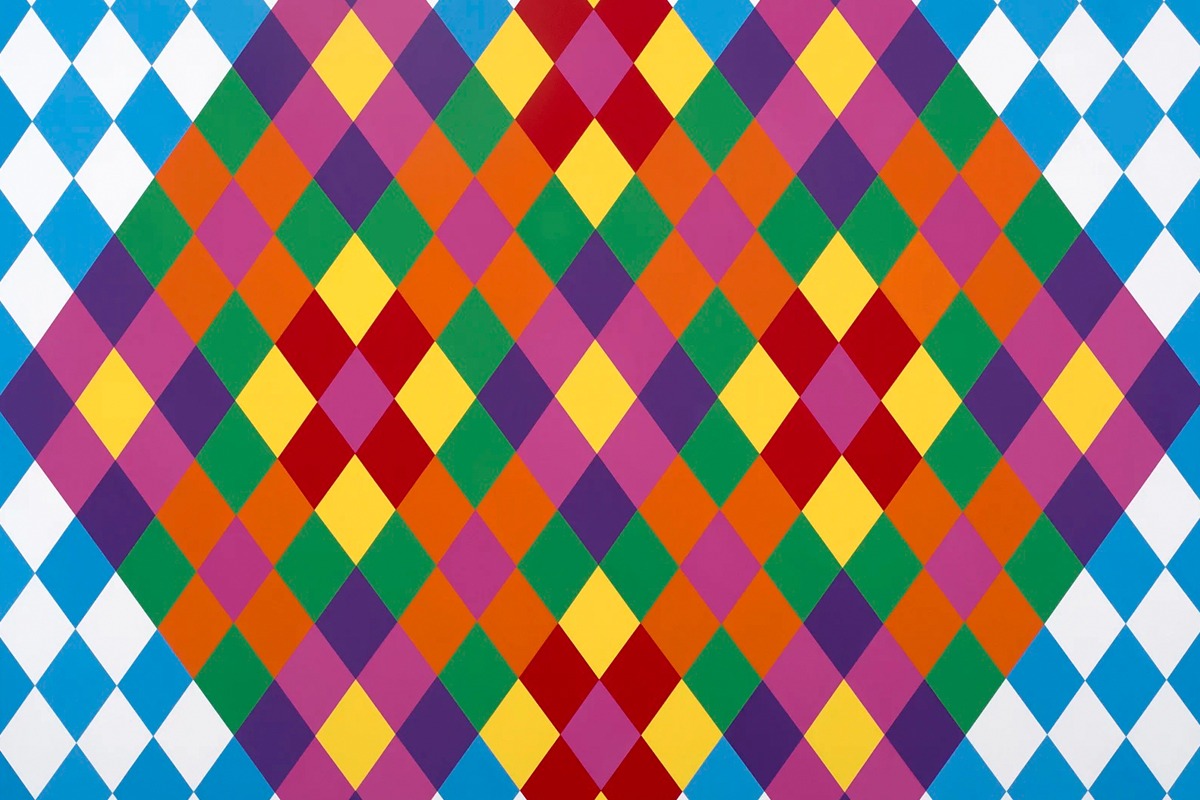
Image courtesy of Aicon Gallery
Pakistani engineer turned conceptual artist, Rasheed Araeen, is using his geometric art to highlight racism and inequality. LUX explores the history behind his celebrated works
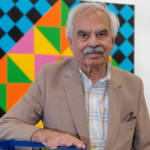
Rasheed Araeen
Rasheed Araeen is now considered one of Britain’s pioneers of minimalist sculpture during the mid to late 20th Century. But during that period, he received little institutional recognition for his contribution to the modernist discourse in Britain. Araeen’s Pakistani background side-lined him as a non-European whose work was consistently evaluated within the context of post-colonial structures, which inevitably resulted in far less exposure.
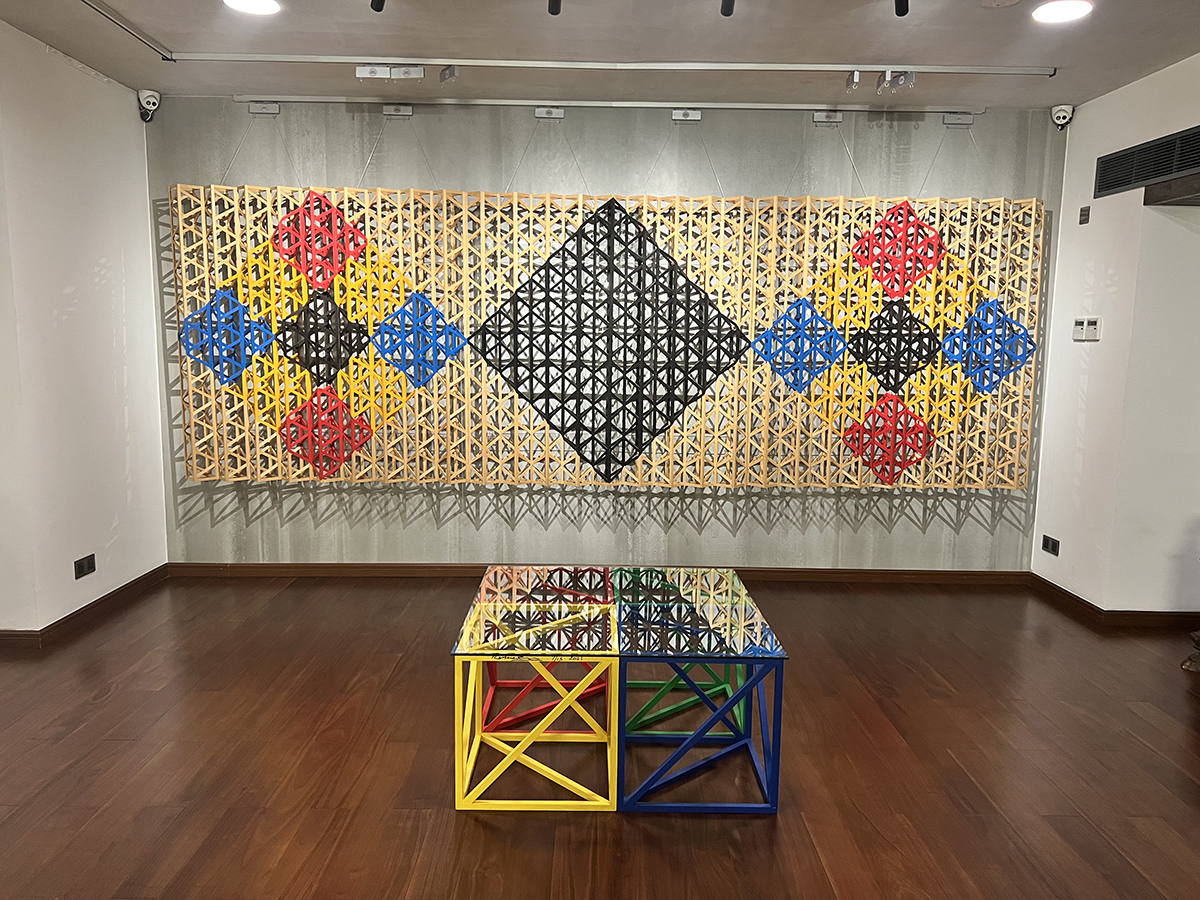
Black Square Breaking into Primary Colours, 2016, from the Durjoy Bangladesh Foundation
This latent racism led to his work in the 1970s and 1980s – in performance, photography, painting and sculpture – developing an overtly political content which drew attention to the way in which black artists were invisible within the dominant Eurocentric culture.
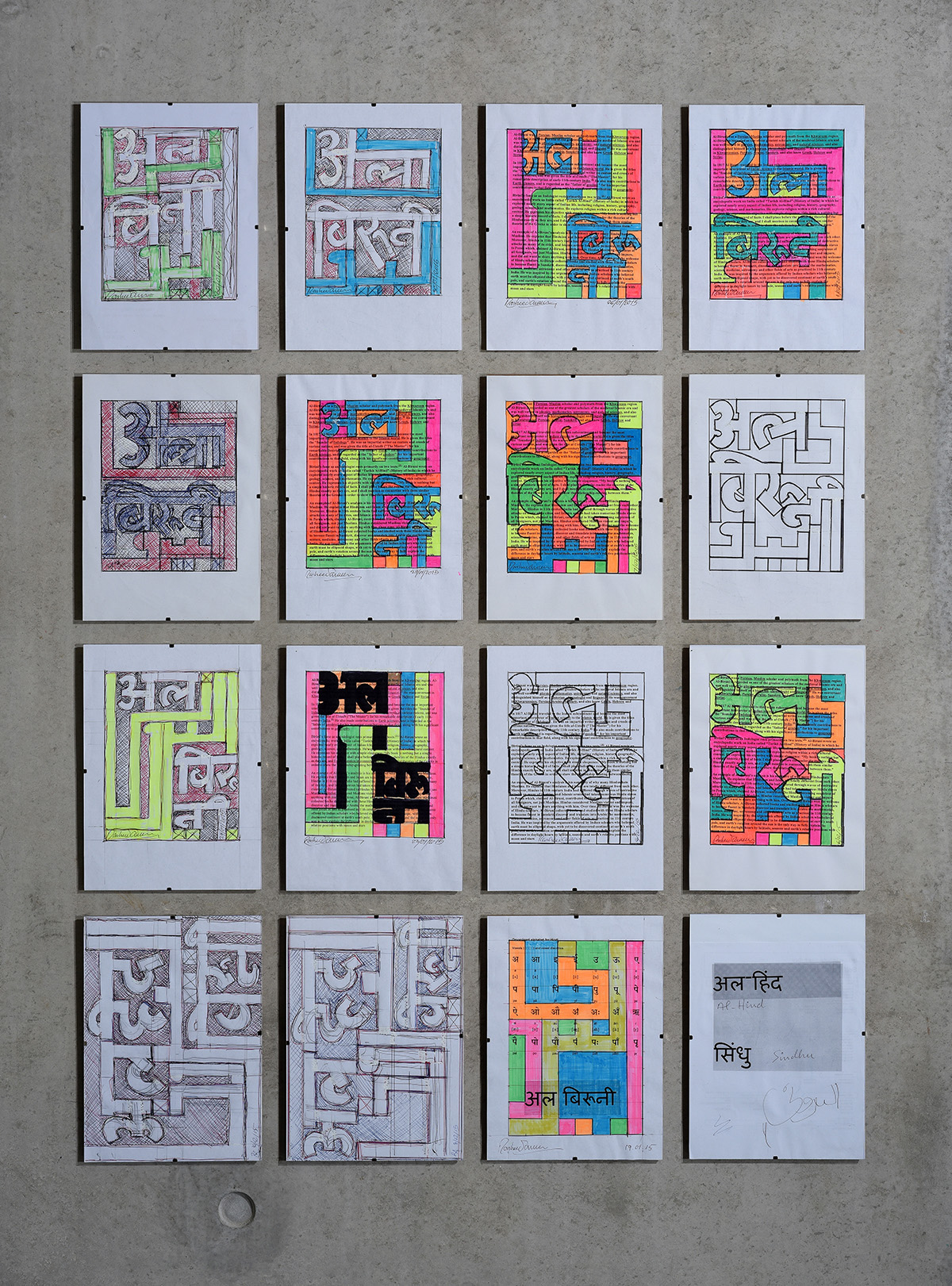
Untitled, 2015
Araeen is now famously known for using geometric structures, in which vertical and horizontal lines are held together by a network of diagonals, to play on the links between Eastern and Western thought and the frameworks of social institutions and aesthetics.
Follow LUX on Instagram: luxthemagazine
He often overlays his photographs within geometric structures, to further emphasise humans and the social structure in which they exist.
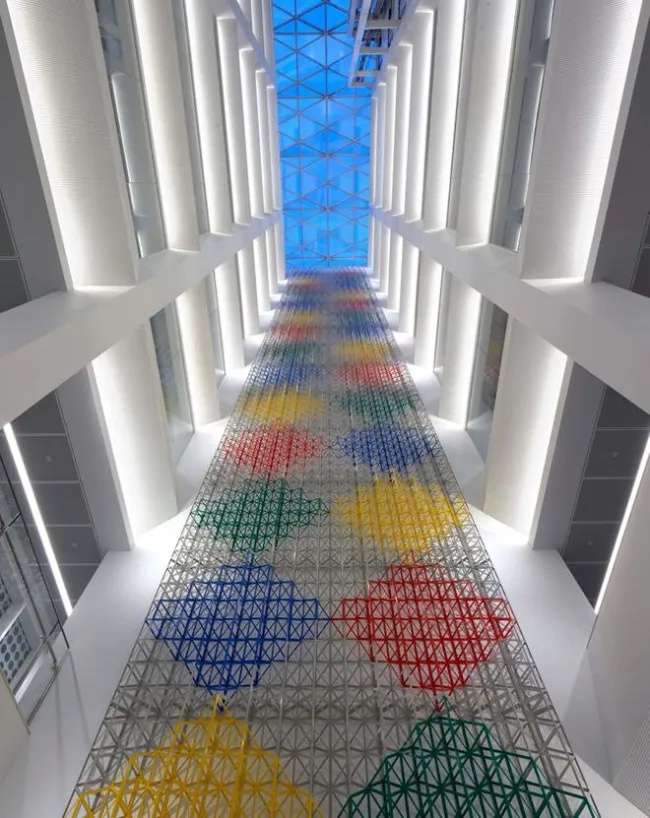
Rhapsody in Four Colours, 2018. Image courtesy of Aicon Gallery
Araeen comments, “I’m sick of the avant-garde and I want to get out of it. It is believed that the idea of abstraction is a twentieth-century phenomenon. In Damascus, it took place 1200 years ago. Nobody wants to hear about that in Europe.”
Read more: Behind The Lens Of Sunil Gupta’s Photographs
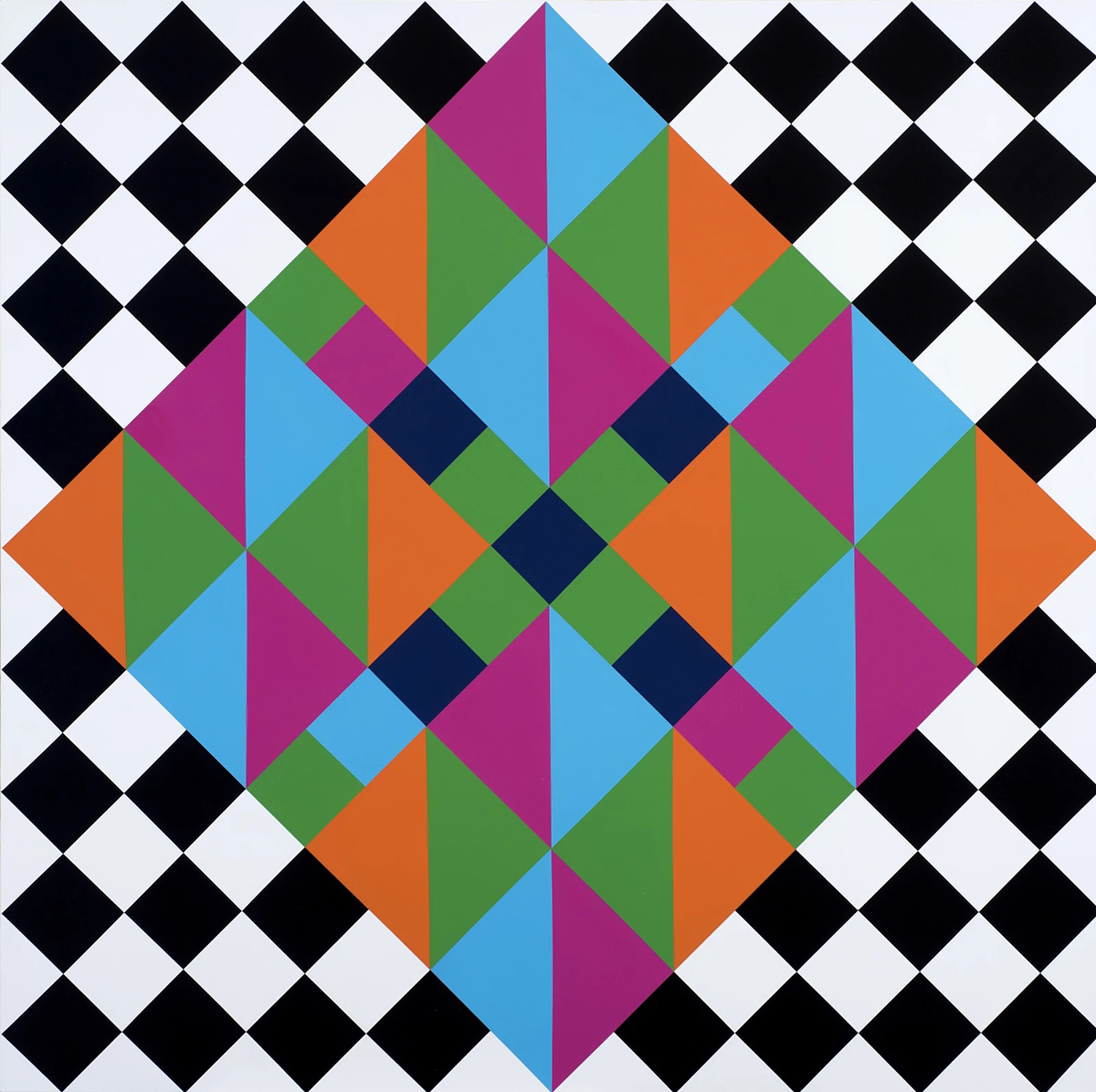
OPUS TD 3 (2), 2017. Image courtesy of Aicon Gallery
Through his artworks and books, Araeen has become a key activist in establishing a black voice in Britain’s art scene, publishing ‘Black Phoenix’ in 1978, and subsequently ‘Third Text’ in 1987, and ‘Third Text Asia’ in 2008. Araeen also founded Kala Press, to spread information and recognition of unacknowledged African and Asian artists in Britain who contributed to the development of post-war British art.
Rasheed Araeen lives and works in London. He is represented by Grosvenor Gallery.
This article was published in association with the Durjoy Bangladesh Foundation








